Sala10: Julieta Aranda
virtual exhibition
Stealing One’s Own Corpse (An Alternative Set of Footholds for an Ascent into the Dark)–Part 3: Politics Without Oxygen
Julieta Aranda’s work explores politicized subjectivity through the perception, the use of time and the notion of power of the imaginary. This piece, the final installment in a trilogy, investigates the contemporary existential conditions that have been provoked by scientific and technological progress and explore the possibility of an “escape route” for the human race in these overwhelming times.
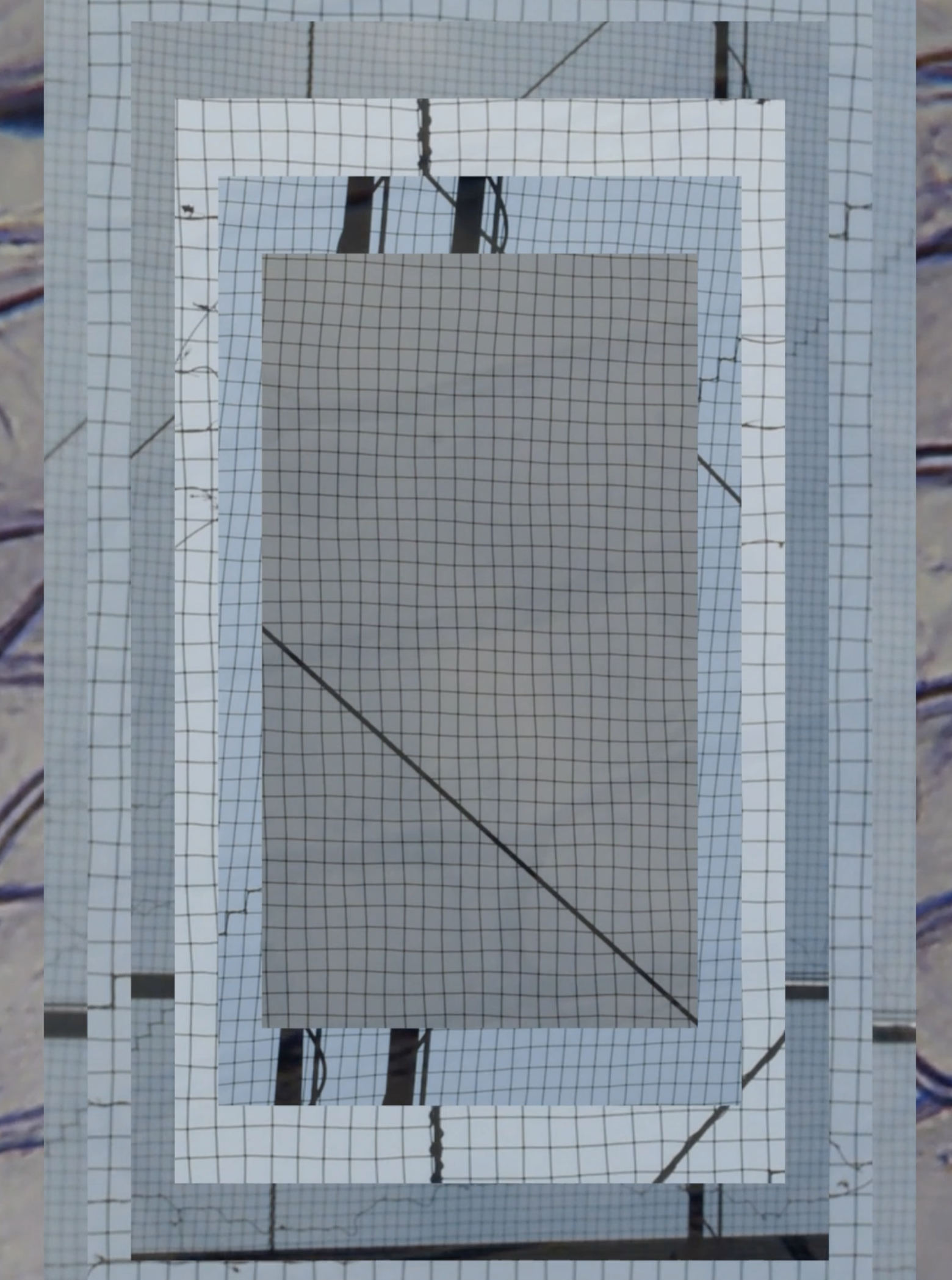
Interspecies Journeys
One of the most tempting yet terrifying historical experiences is that of witnessing the dawning crisis of an age. Whether due to the unperceived, infinitesimal accumulation of changes and disfunctions or being in the midst of a monumental event that does away with all our securities (as is happening right now with the experience of the pandemic), there’s a moment that disrupts the coherence of the routines and prejudices that gave meaning to an age. The thread that tied together our sensibilities with different hypotheses on society and the cosmos has come undone: our images, motives and words no longer find their place.
The series around which Julieta Aranda’s work has gravitated over the past six years has been a log and a meditation on how our common sense has melted away. Under the suggestive title Stealing One’s Own Corpse (An Alternative Set of Footholds for an Ascent into the Dark), Aranda has composed three films that constitute an assemblage in which the conditions that surround the emergent sensibility of the twenty-first century are expressed in terms of a mediated revelation, free of all mysticism, and a poetic-scientific, economic-ecological adventure, as geological as it is introspective.
These videos, which disregard the conventions of both the video essay and the documentary, and which seem to dominate the ambition of uniting contemporary art with intellectual labor, appear as a series of notes in movement on the axes, still somewhat unclear, that will form the basis of the new subjectivity of the oracles of the Anthropocene.
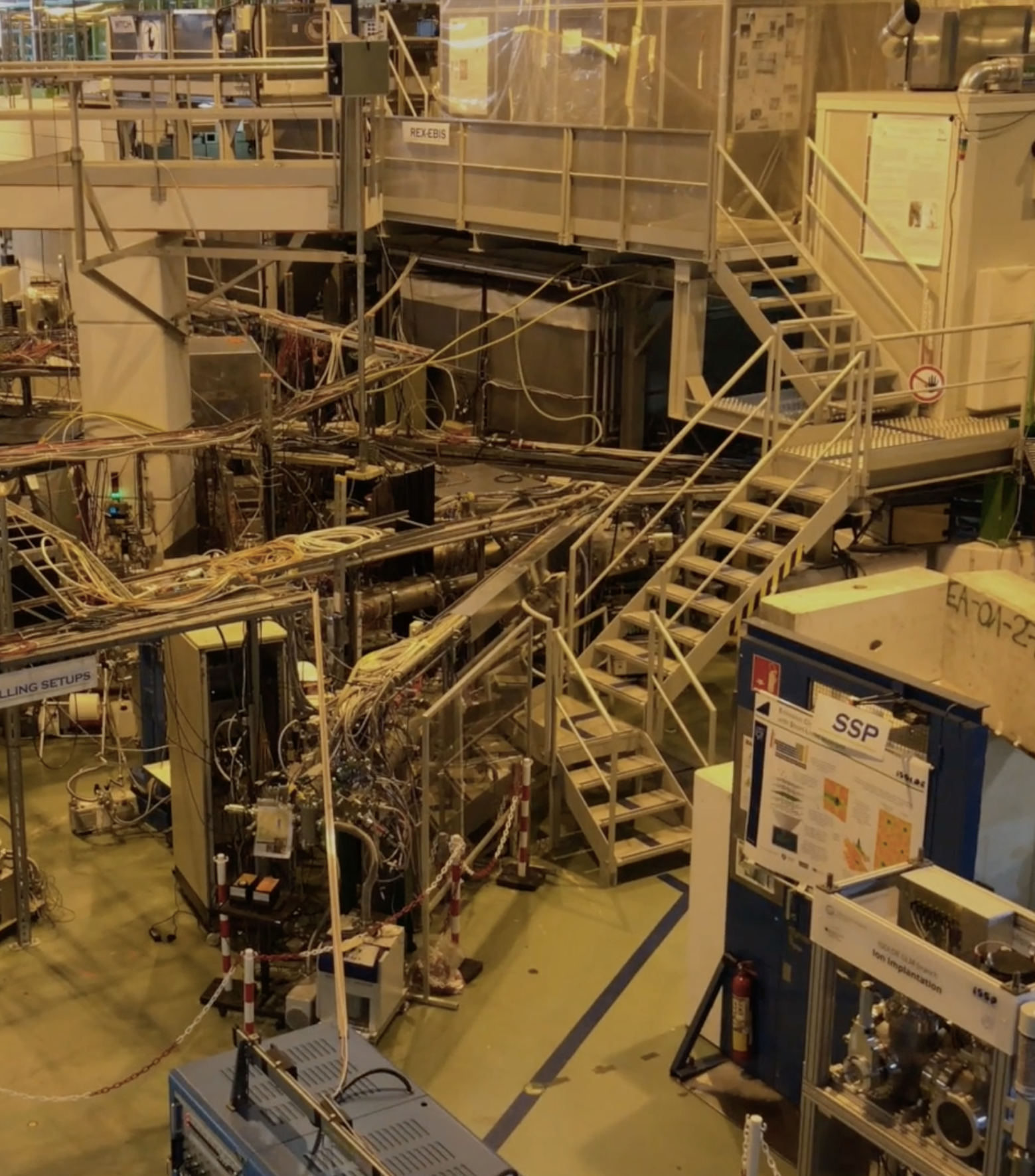
These pieces are attempts to reconfigure our intuitions, desires, values and fantasies of exchange and relation. Backstitches of new fabrics made of agglutinations that are more than merely unprecedented, that are radically unthinkable, overflowing the imaginary banks of that which we designate the “horizon.”
Giving a new meaning to her education as a filmmaker, Aranda proposes a reinvention that questions fundamental categories such as spatiality, the production of the urban and the relationship between the interior excavation of the subjective and the modes of production and self-production of extractivism. In an incessant counterpoint of images, aphorisms and poetic hybrids, these films interrogate the way in which the indiscernible in artificiality and spirituality frames the impossible task of building a future. Suddenly, the gaps of meaning in our psyche are compared to the abysses created by open-pit mining, the tunnels of particle accelerators and the underground deposits of forests and animals in age-old putrefaction.
How can we replace the specters of so-called spirituality if not through a mythopoetics of subatomic particles, such as the Higgs boson? What type of politics can we found on the corpse of individual arrogance—one that includes physiological animism and that understands us as beehives of millions of viruses and other microbes?
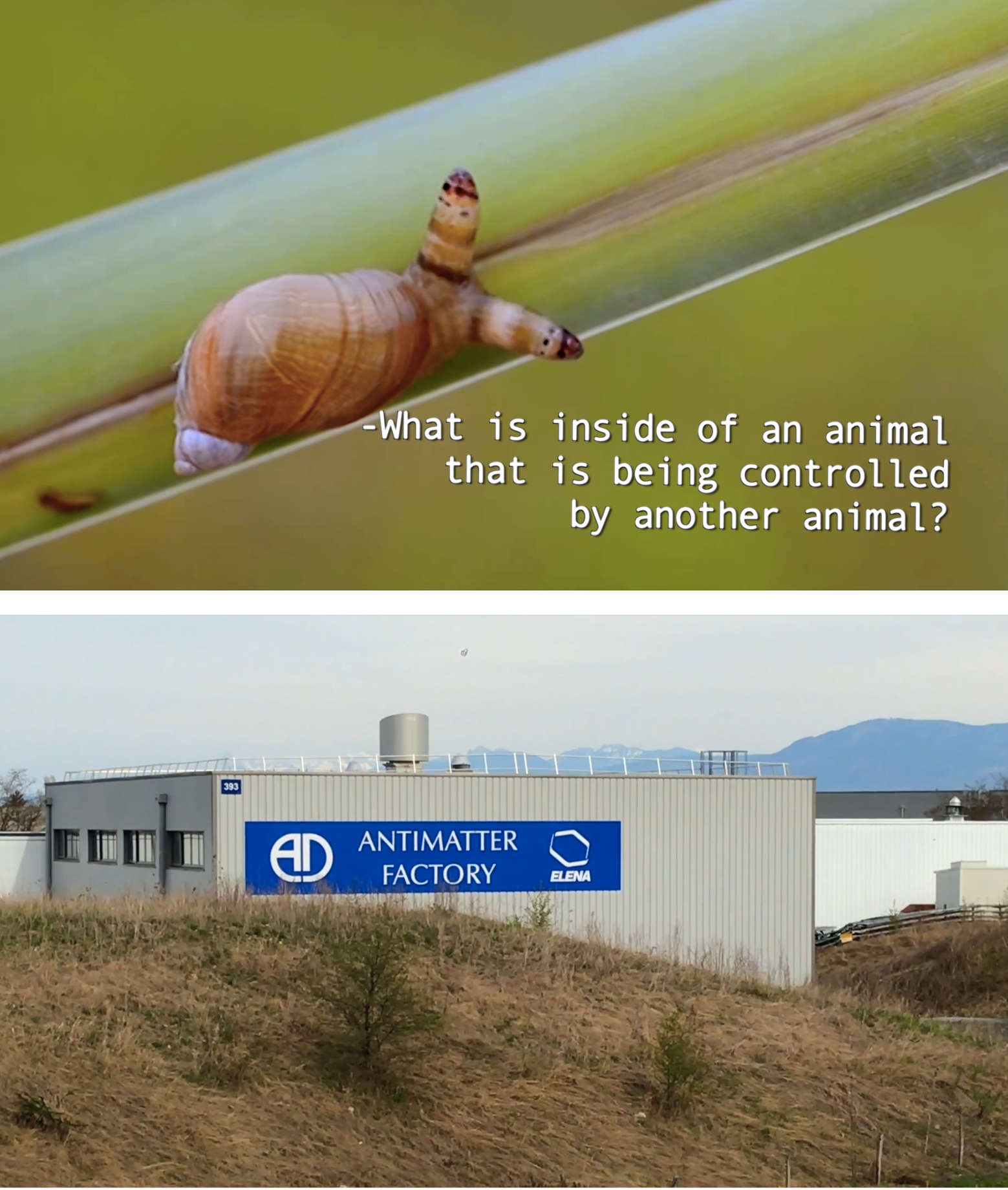
If we accept gnoseology as a new subjective project, we must understand death as part of the cycle of creation and the consumption of carbon energy and, therefore, conceive the uncountable craters and abysses that we have drilled into the earth in search of oil and minerals as signs of a cultural and economic onanism. The complex task that the century asks of us is to overcome the crude perspective of the exceptionalism and purity of human life to host the multitude of conditions that derive from deconstructing a universe that, half a millennium after Galileo and Copernicus, is still essentially anthropocentric.
Upon watching Aranda’s filmic meditations, I have thought of the face of Robert Oppenheimer as he watched the first atomic bomb fall in July 1945 and evoked the words of Vishnu in the Bhagavad-Gita: “Now I am become death, the destroyer of worlds.” Aranda, exhibiting the third video in her series, which, in 2019, she prophetically subtitled as an essay on “politics without oxygen,” also decided to inscribe it in an installation in which, among other phrases, there appears a fragment of hope: “No one has ever died of contradictions.” Hopefully this can be our byword. Stealing One’s Own Corpse is a manifesto of heterogeneity in the increasingly out-of-reach project of inventing some kind of future.
Cuauhtémoc Medina
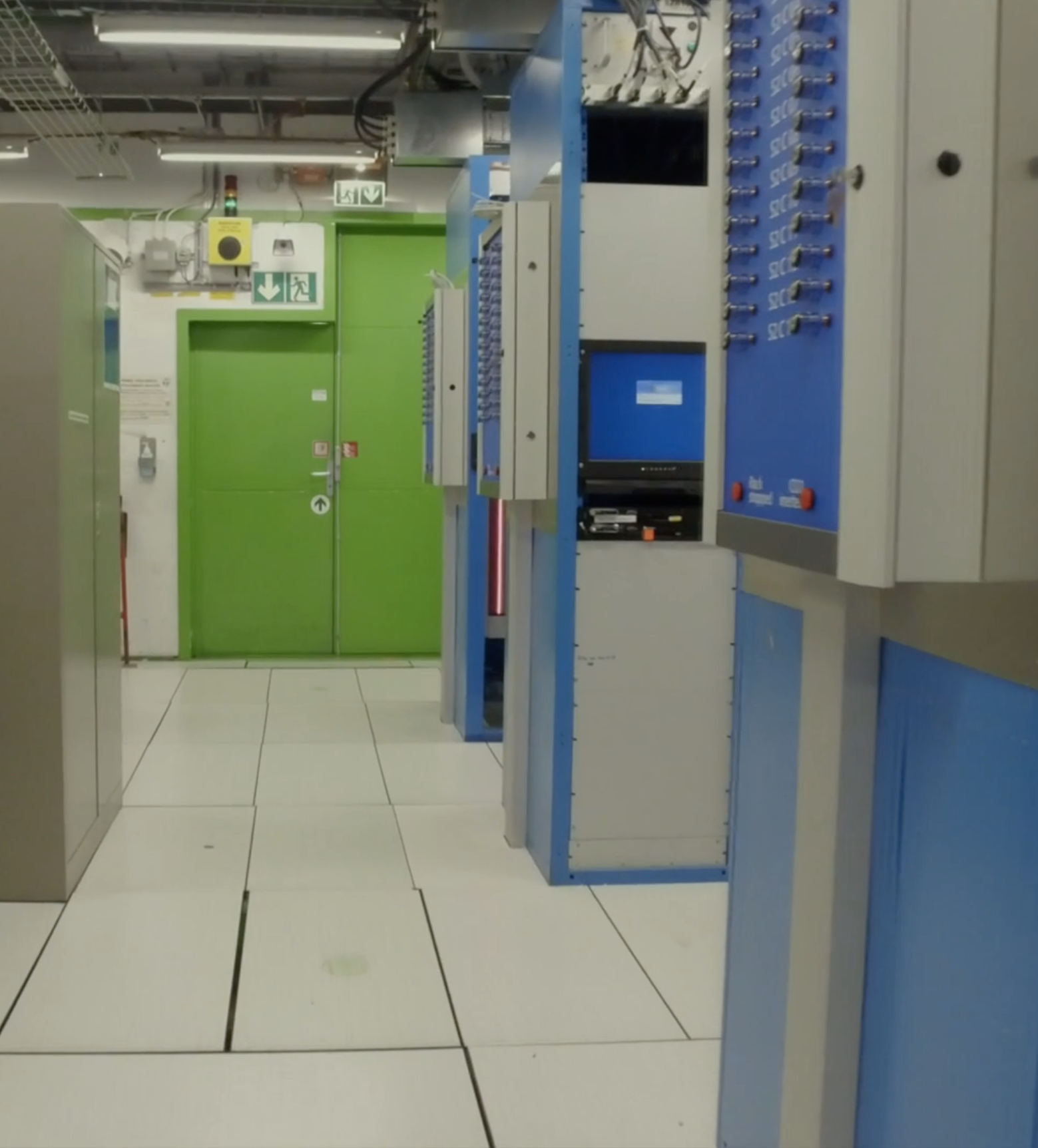
A Dirty, Promiscuous, Marvelous Thing: A Conversation Between Julieta Aranda and Cuauhtémoc Medina
Cuauhtémoc Medina (CM): Let’s begin with the fact that Stealing One’s Own Corpse (An Alternative Set of Footholds for an Ascent into the Dark) is a trilogy. In 2014, when the Berlin Biennale invited you to make the first part, were you already planning a series for this special intersection of questions on the subjectivity of the present, or did further chapters become necessary in the process? [...]
COMPLETE CONVERSATION HERE
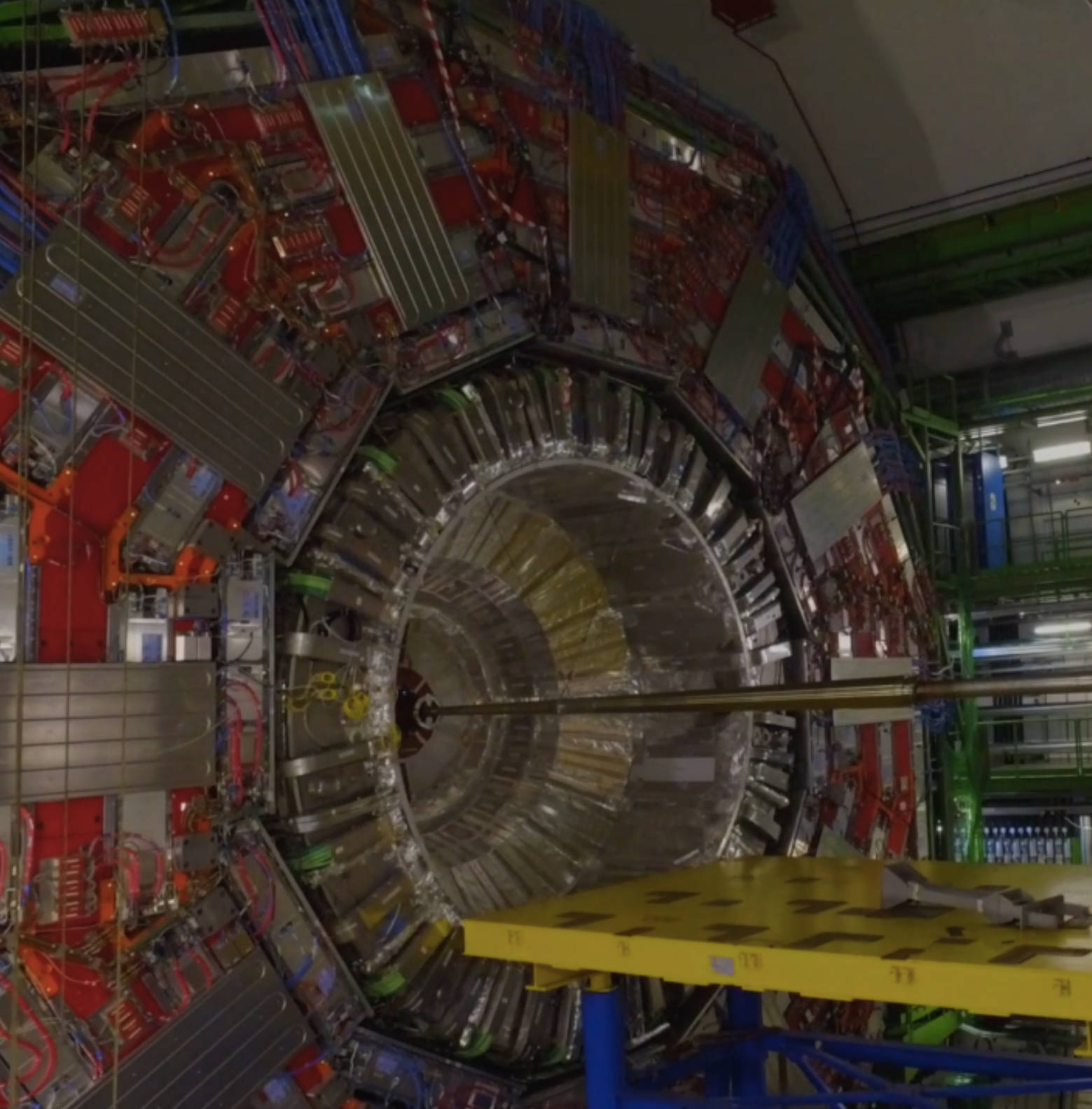
Julieta Aranda
(Mexico City, 1975; lives and works between Berlin and New York)
In her artistic practice, Julieta Aranda composes sensorial encounters with the nature of time and speculative literature. She observes the altering human-earth relationship through the lens of technology, artificial intelligence, space travel and scientific hypothesis. Working with installation, video and print media, she is invested in exploring the potential of science-fiction, alternative economies and the “poetics of circulation”. Her projects challenge the boundaries between subject and object while embracing chance encounters, auto-destruction and social processes. Julieta Aranda is also an editor of the e-flux journal, and co-director of the e-flux online platform since 2003.
Julieta Aranda, Stealing One’s Own Corpse (An Alternative Set of Footholds for an Ascent
into the Dark)–Part 3: Politics Without Oxygen, 2018
Video
9’37’’
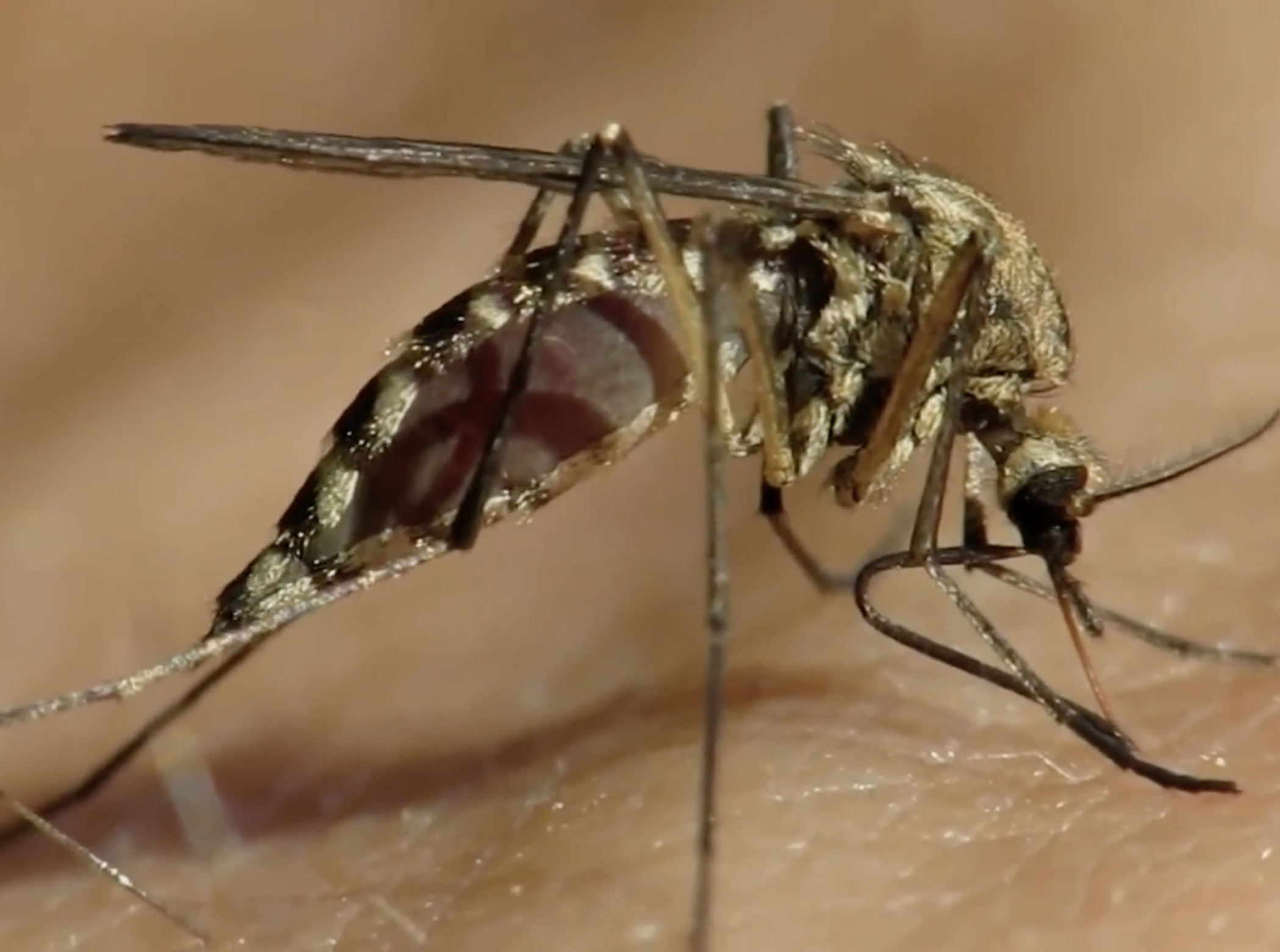
Text and interview: Cuauhtémoc Medina, Julieta Aranda
Curator: Cuauhtémoc Medina
Curatorial coordination: Ana Sampietro, Jaime González
Communication: Ekaterina Álvarez
Media outreach: Ana Cristina Sol
Content editing: Vanessa López
Spanish translation: Jaime Soler Frost
English translation: Julianna Neuhouser
Graphic design: Andrea Bernal
Press management: Francisco Domínguez, Eduardo Lomas


